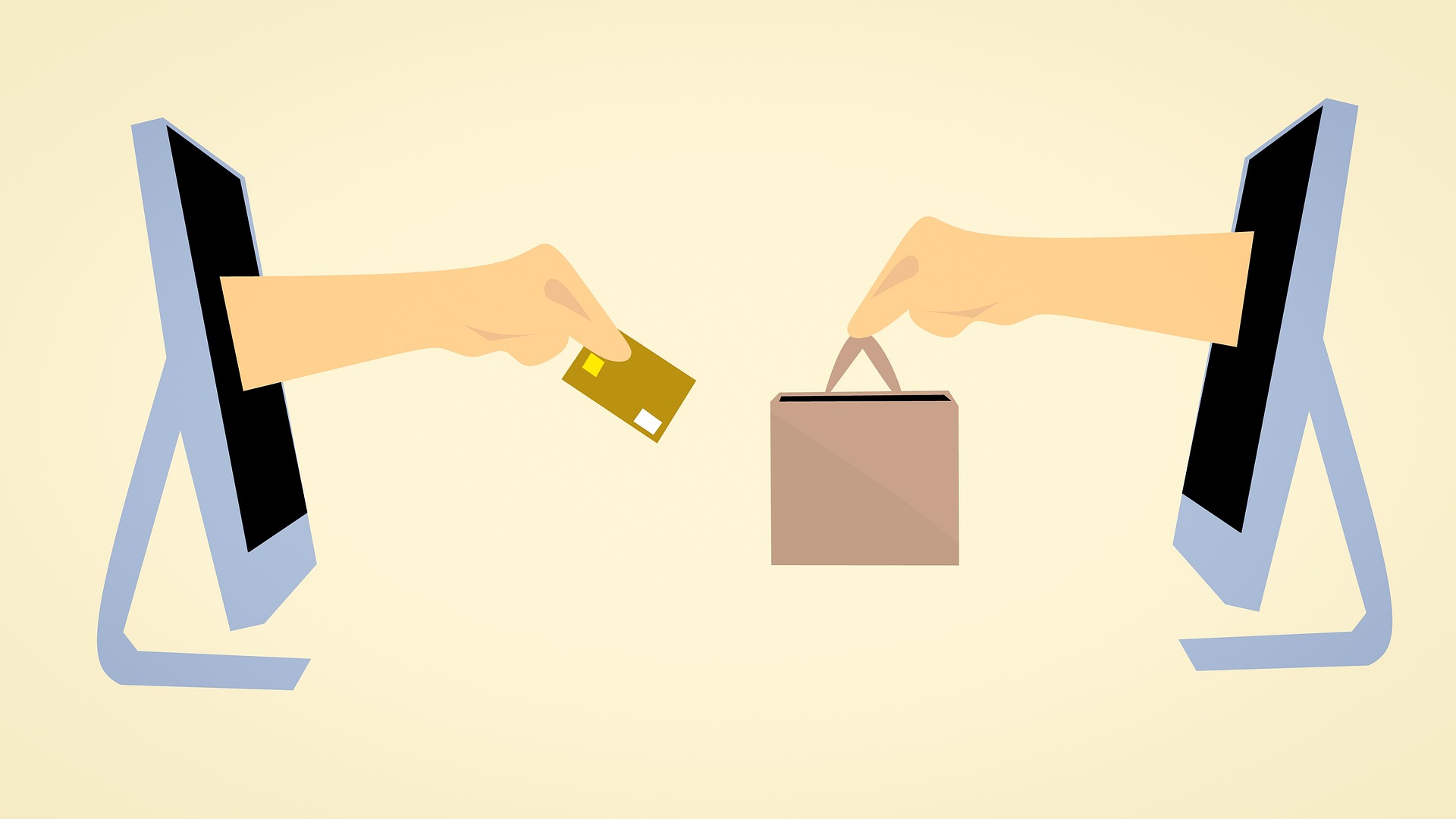Creating financially aware and healthier lives for consumers post-COVID
Retail has always been one of the most innovative industries in the world by being incredibly responsive to the consumer, moving quickly, and being at the cutting edge of developing new technology. This has been no more apparent than how grocery retailers with a physical and a digital presence have been able to continue to provide a service to their consumers, enabling the elderly, the vulnerable and all households to keep their cupboards and fridges full, as we all experience a limitation on our social freedom.
According to the UK Retail Gazette, grocery sales grew 14.3% in the past 3 months – faster than any time in the last 26 years. Families with adult children have seen the greatest increase in spending, with an average monthly spend of £618 versus £545 last May. “People have been working their way through their store cupboards over the past couple of months and some will now be spending a bit more on each visit to the supermarket to replenish supplies,” Kantar Head of Retail Insight Fraser McKevitt said.
The lockdown period has provided a challenge for every household to get a lot smarter about ensuring the right nutritional balance of food and ingredients is available in homes, as we prepare creative and attractive meals for ourselves and our families (as many as 3 times a day) while people work from home and are ‘home-schooling’ children.
The changes to our circumstances start to make people think a lot more about what food and drink they are purchasing and consuming than when we were eating on-the-go, at restaurants, or ordering takeaways to keep our stomachs full as we went about our busy lives.
For the past 30 years, grocery retailers have been taking full advantage of our consumer shopping basket data to become more scientific in providing the right marketing mix of what has been deemed the four Ps of marketing. The Four Ps enables retailers to determine (1) the Products they sell; (2) the Price to offer the goods to consumers; (3) the merchandised Placement inside the store and online and finally, (4) the best Promotions to offer consumers. This data and analytical intelligence has been possible due to consumers being typically offered loyalty schemes to capture shopping data under strict GDPR guidelines in return for points that are collected and redeemed to get money off final shopping bills.
Retail has always been at the forefront of data and analytical techniques with many innovative iterations of software technology enabling information to be put into the hands of a Retail Headquarters, store, and supplier colleagues. With no better than the example from one of the leading retail brands globally, IKEA who allow their entire co-workers and suppliers to review the customer ‘Availability’ measure daily and visualise the analysis right down to store and article level. This app is available to all co-workers in IKEA (approx. 175,000).
However, when it comes to the retail analytics economy, the next wave of data insights should be positioned firmly in front of the customer themselves. Customers that are regular and loyal to certain retail brands should be able to analyze their historical purchasing habits that could go a long way towards being smarter at improving their health, wellbeing, and household spend.
In today’s world, we are witnessing a dramatic change in human behaviour. We are now constantly inquisitive to understand everything about ourselves and others around us. Benjamin Franklin once said, “we are all born ignorant, but one must work hard to remain stupid”. It was not long ago that our collective attitude leaned itself towards the old saying of ignorance is bliss, what you did not know did not hurt you.
This has fundamentally changed in the past years and the turning point was the introduction of the health devices, where in 2020 one-in-five Americans use a smartwatch or fitness tracker which allows us all to keep up to date in every step of our lives in regards to our health and our exercise as well as being informed and educated on the types of food that enhance our minds and bodies.
Although it is attainable to review your previous orders from grocery retailers, it only provides information on recent transactions. Today it is technically possible for a retailer to offer an enhanced customer-centric loyalty service to their customers to analyse their own shopping habits through their website or mobile app, by simply logging in with a membership number. Giving access to customer historical purchasing habits, provides the possibility to increase the intelligence and awareness of the customer on:
- Health Analysis – Consumers could analyse items they purchased versus alternative healthier similar products that can reduce the impact of eating items with certain types of health warnings, such as high salt or saturated fat, which could prevent heart disease.
- Calorie Analysis – Consumers that are looking to lose weight can review their average and fluctuating calorie intake on the total shopping spend and analyse where improvements to health, fitness, and diet can be achieved.
- Wellbeing Analysis – Customers that are looking to improve their health can analyse their spending by category to see if the total spend is balanced proportionally across healthy categories such as Fruit and Veg versus confectionery or alcohol.
- Spend Analysis – As we witness the economic downturn felt by everyone, being able to increase your knowledge of how best to spend your weekly shopping allowance based upon health and nutrition will help educate families and household budgets more effectively with their diminishing disposal income.
The result of this will, in turn, enable customers to learn how they can adjust their behaviour to improve the balancing of their overall spend as well as analysing better health choices to reduce potential health issues. The opportunity to increase our own education on our nutritional health and wellbeing is too good not to make it happen.
So what would be the motivation for the retailer to open the gates to their customer data?
The opportunity for retailers to increase the awareness of customer shopping habits could lead to a paradigm shift of seeing how sharing customers’ own shopping purchasing data would actually result in a change in behaviour. As customers analyse their choices and look to swap products that are healthier in terms of nutritional balance, or saving money to protect the disposable income, the retailer themselves would have a new wave of behavioural insight that would enable them to analyse:
- Customer Behavioral Analysis – Analysing the changes to customer purchase patterns based upon empowering the customer with their own data.
- Customer Recommendations – Upon enhanced customer education on their own shopping habits, retailers will be able to more personalised targeted promotions and localised offers that have an affinity to the changes being made by the customer.
- Price Recommendations – Understand where customers are prioritising price over quality due to the economic downturn impacting so many households, would help retailers adjust their pricing proactively where customers need support.
- Supplier Data Sharing with CPG companies – Retailers will be able to share upstream the changes to aggregated purchase behaviour analysis that will result in better forecasting, ability to create new products based upon changing behaviour.
As we know, our intelligence increases as we have access to more information, by being able to let customers make better smarter shopping decisions about themselves, the customer will see the benefit as well as the retailer in terms of what is important in our lives as we move into the decade of 2020 precariously, but hopefully healthier.
This blog was written and contributed by:
Paul Winsor
Head of Customer Solutions
Sempre for Retail Analytics – Harness Data Analytics
in collaboration with CGF’s End-to-End Value Chain Director, Ruediger Hagedorn




